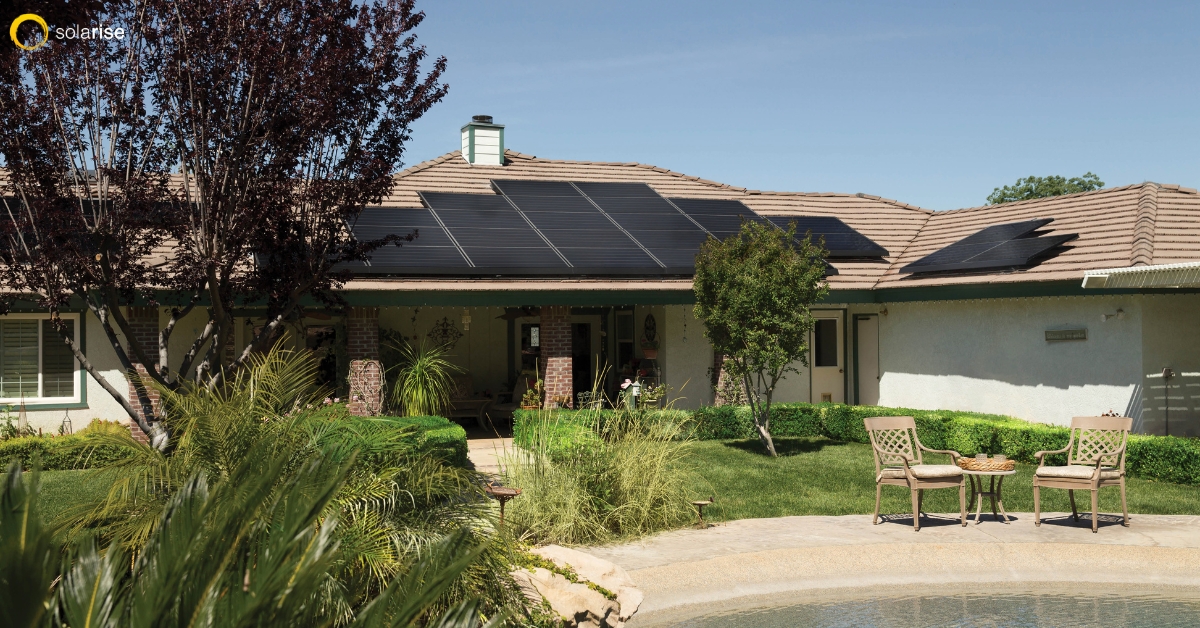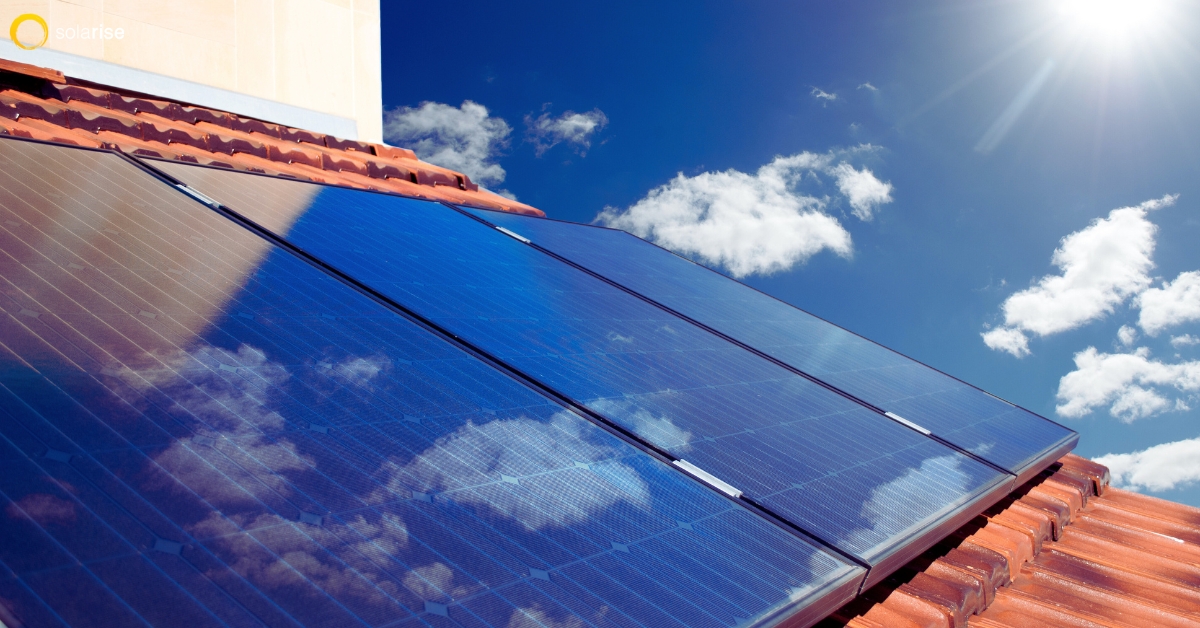As the Utah desert landscape transitions into the vibrant hues of fall, many homeowners are seeking ways to make their homes more energy efficient. One increasingly popular method is the installation of solar panels. If you’ve been considering this tech-savvy upgrade, here's a comprehensive guide to understanding the solar panel installation process.
Solar Installation: The Journey Towards Renewable Energy
Going solar is a significant step in the direction of sustainable living. However, the process might seem daunting if you're unfamiliar with it.
Pre-installation: Preparing Your Home
Like any home improvement project, installing solar panels requires preparation. An assessment of your home will determine the best location for the panels. Normally, a south-facing roof with few obstructions is ideal for maximum energy production.
Professional Solar Installers: Your Partners in the Process
Professional solar installers, trained to efficiently install your solar panels, will ensure that the system is optimally set up to harvest sunlight. Remember, the correct installation of solar panels is crucial for their performance and longevity.
Navigating the Installation Process
Understanding the installation process can take the edge off what might seem like a complex project.
Mounting the Solar Panels
Once your home has been assessed and deemed suitable, the solar installers will begin work. The actual installation of solar panels involves attaching a mounting system to your roof, onto which the panels will be installed.
Wiring and Inverter Installation
After the panels are mounted, they need to be wired and connected to an inverter. This device converts the solar power into usable energy for your home.
Finalizing the Installation
Post-installation, the system must be tested and approved by a local inspector to ensure everything is in order. Once approved, your solar system is ready to be connected to the grid.
How Long Does It Take To Install Solar Panels?
The length of time it takes to install solar panels can vary based on several factors including the size of the system, the type of roof, and the specific configuration of the system. However, in general, the physical installation of solar panels typically takes anywhere from one to three days. It's important to note that this does not include time for planning, permitting, and scheduling, which can extend the overall timeline to a few weeks or even months in some cases. Consulting with a professional solar installer can give you a more accurate timeline based on your specific circumstances.
How to Use Solar Panels?
Solar panels are relatively straightforward to use once they're installed. They work by converting sunlight into electricity that you can use in your home. Here's a simple breakdown:
- Solar Panels Collect Sunlight: Solar panels are installed in a location, usually on your roof, where they can receive maximum sunlight. Each panel contains photovoltaic cells. These cells convert sunlight into direct current (DC) electricity throughout the day.
- Conversion to Usable Electricity: The generated DC electricity is then passed through an inverter, which converts it into alternating current (AC) electricity. AC electricity is what your home uses for power.
- Distribution of Electricity: This AC electricity is then sent from the inverter to your home's electrical panel, where it's distributed to your home appliances and systems.
- Net Metering: In most solar power systems, a process called net metering is used. When your solar panels produce more power than your home uses, the excess power is fed back into the electrical grid, effectively storing it for later use. In some areas, you may even receive a credit on your electricity bill for this excess power.
- Power Usage at Night: At night, when your solar panels are not producing electricity, power will be drawn from the grid. If your panels produced excess electricity during the day and it was fed back into the grid, you'd essentially be using that stored power.
Remember, it's always essential to consult with a solar installation professional to ensure your solar panel system is correctly set up and optimized for your specific home needs.
How Are Solar Panels Installed?
The installation process for solar panels involves several steps and should be carried out by professional solar installers. Here's a general step-by-step overview:
Site Assessment and Design: A solar installer will visit your home to assess the site and create a design that optimizes solar energy production based on factors like roof inclination, direction, and shading.
- Permitting: Depending on your local regulations, you might need to secure permits before installation can begin. Your solar installer will usually handle this process for you.
- Installation of the Mounting System: The installer will attach a mounting system to your roof, which will hold the solar panels. This needs to be securely fixed and angled in a way that captures maximum sunlight.
- Installation of Solar Panels: The solar panels are then attached to the mounting system. They need to be securely fastened to ensure they can withstand various weather conditions.
- Wiring the Solar Panels: The panels are then wired together into strings, and these strings are connected to a combiner box. From there, the combined DC power is sent to an inverter.
- Installation of the Inverter: The inverter, which can be installed inside or outside your home, converts the DC electricity generated by the solar panels into AC electricity, which is usable in your home.
- Connection to the Grid: Once the inverter is installed, the system can be connected to your home's main electric panel and then to the grid. This allows excess power to be fed back into the grid if your system produces more than you need.
- Testing and Commissioning: After the installation, the system is tested and commissioned to ensure it works correctly.
- Monitoring System Setup: Finally, a monitoring system is set up. This allows you to track the performance of your solar panels and ensure they're operating efficiently.
It's important to note that this is a general process and specific steps may vary depending on your location and the type of system you're installing. Always consult with a professional solar installer for accurate information.
Ready to Make the Switch?
Harnessing solar energy is a wise choice for homeowners in Utah, considering the sunshine-filled days that dominate our weather.
Why wait? Get ahead of the curve by getting a quote or pricing for your solar system installation today. Start your journey towards a greener, more sustainable future.
Installing solar panels is not just a home upgrade; it's a commitment to a more sustainable lifestyle. As Utah homeowners, tapping into the abundant sunshine we receive is a smart move. This fall, prepare your home for the future.
Prepare your home for a brighter, more sustainable future. Find out Where to Buy solar systems in your local area and take the first step in your solar journey. Remember, a sustainable home is a happy home. Let's go solar!






